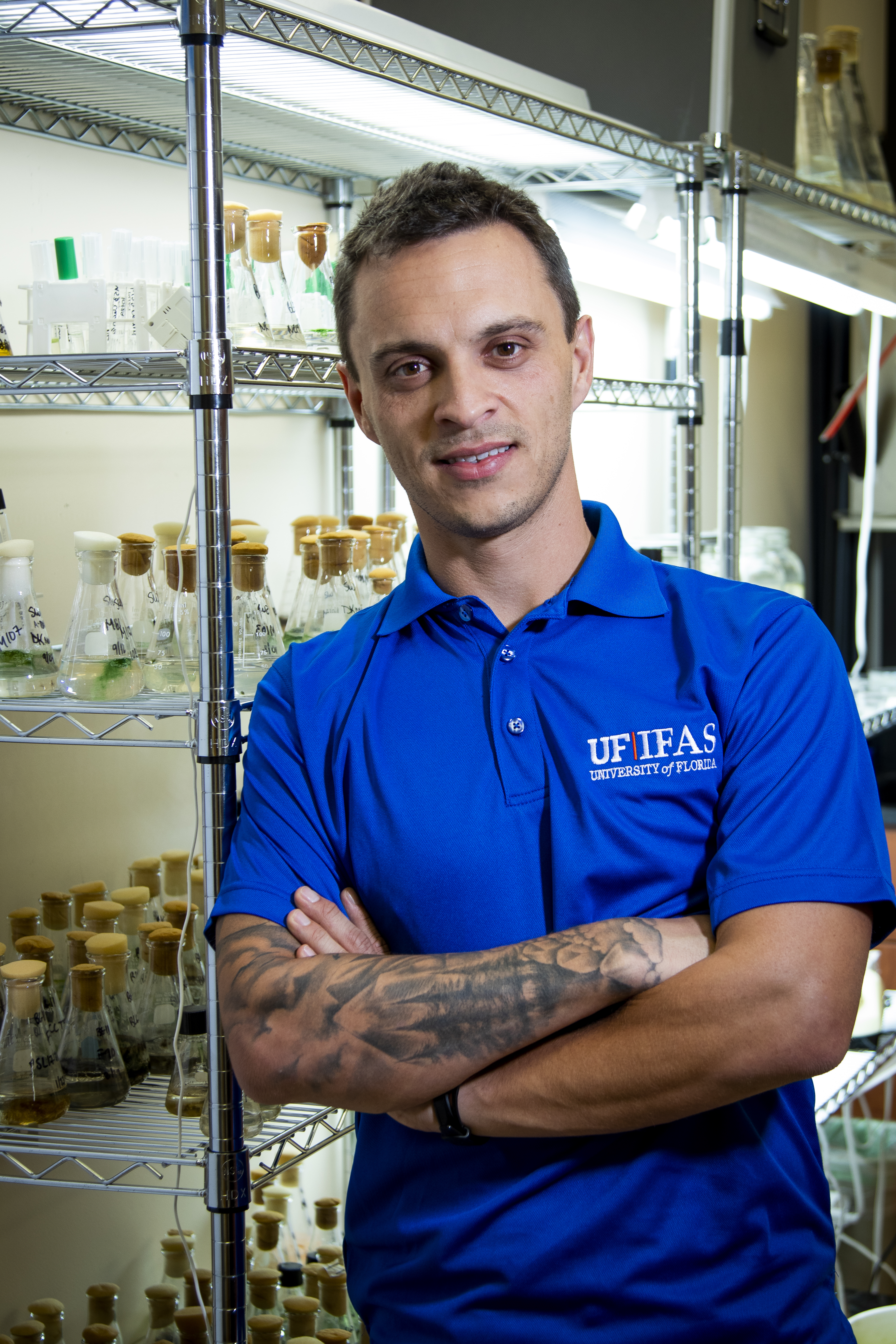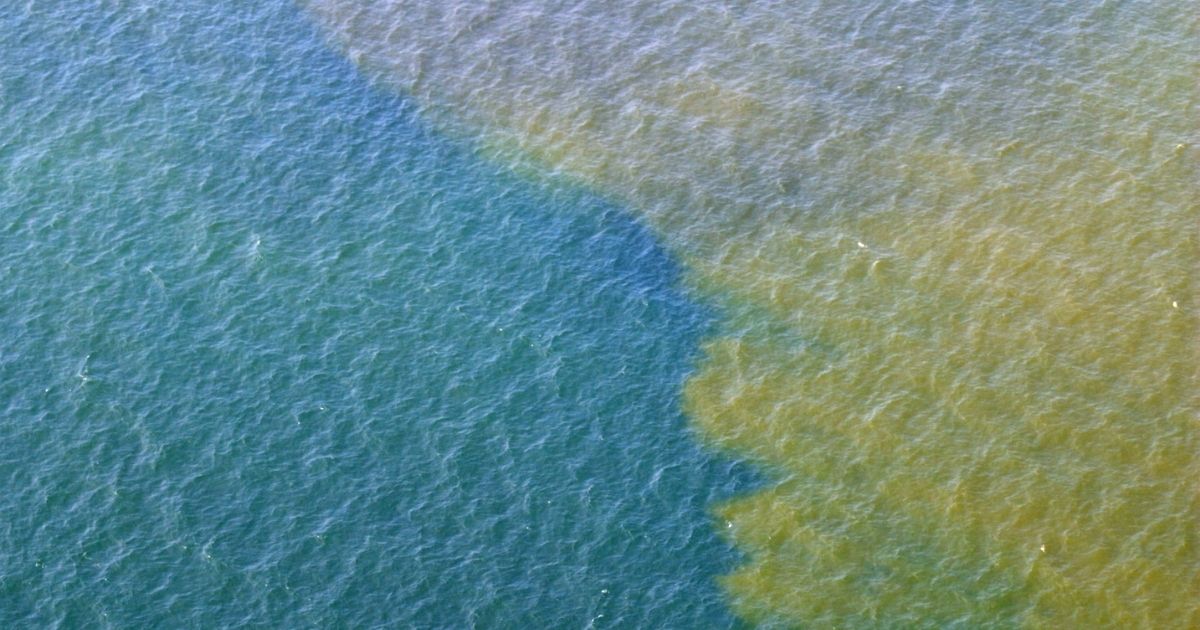Two University of Florida scientists are the recipients of a $200,000 grant from the Florida Fish and Wildlife Conservation Commission. They will use that money over the next 10 months to develop the methodology leading to a device that detects and measures the amount of toxins in the air from red tides.
Red tide events are a type of harmful algal bloom (HABs) caused by the species Karenia brevis that produces poisons dubbed brevetoxins. These red tide occurrences are progressively impacting the health of humans, marine life, and other wildlife. Research also shows that the frequency of red tide occurrences imposes economic consequences on a variety of markets and industries.
When these brevetoxins begin to mix in the air in an aerosolized form, they cause a range of harmful health symptoms including breathing difficulties, chest pain, nausea, skin and eye irritation when they are present in or near the waters. These brevetoxins can kill fish, shellfish, and marine mammals as well.
 “Karenia brevis blooms are a concern for tourists, residents and businesses of coastal areas where these blooms occur,” said H. Dail Laughinghouse IV, an assistant professor of applied phycology and Extension specialist in HABs at UF/IFAS Fort Lauderdale Research and Education Center. “The end result in developing this methodology is to help the coastal residents, tourists and businesses have a better understanding of the potential exposure to aerosolized toxins in the areas they live, do business, or plan to visit.”
“Karenia brevis blooms are a concern for tourists, residents and businesses of coastal areas where these blooms occur,” said H. Dail Laughinghouse IV, an assistant professor of applied phycology and Extension specialist in HABs at UF/IFAS Fort Lauderdale Research and Education Center. “The end result in developing this methodology is to help the coastal residents, tourists and businesses have a better understanding of the potential exposure to aerosolized toxins in the areas they live, do business, or plan to visit.”
Laughinghouse is collaborating with Myoseon Jang, a UF associate professor in environmental engineering sciences based in Gainesville at the Herbert Wertheim College of Engineering. The two will lay the framework for a portable testing device that detects, measures, and monitors the toxin (brevetoxin) in the air that is responsible for impacting humans and animals due to red tide events.
“We have a better understanding of what is taking place with HABs in the aquatic system and how they affect environmental health, but there is still a large gap of knowledge of how algal cells and their toxins act in the air that can also affect public health,” said Laughinghouse.
The intended device will quantify the amount of toxin in the air. This quantification can then be coupled with air models produced by the National Oceanic Atmospheric Administration (NOAA). These models can serve to inform beachgoers, hotels, restaurants, of where and when the potential aerosolized toxicity that typically affects respiratory systems in humans occurs in the air, added Laughinghouse.
“By developing a technology that can detect, measure, and monitor the aerosolized toxin, the research will take a closer look at the toxic organism and how it occurs in the air and spreads,” said Laughinghouse.
Red tides are a regularly occurring event within the Gulf of Mexico, documented for more than a century. However, data indicate that the prevalence might be increasing due to climate change and overall eutrophication of the Gulf of Mexico, added Laughinghouse. Both freshwater and marine HABs, such as cyanobacterial blooms, red tides, brown tides, have increased over the years in other parts of the country including parts of Alaska, California, Great Lakes, Maine, and Hawaii.
By Lourdes Rodriguez, University of Florida



